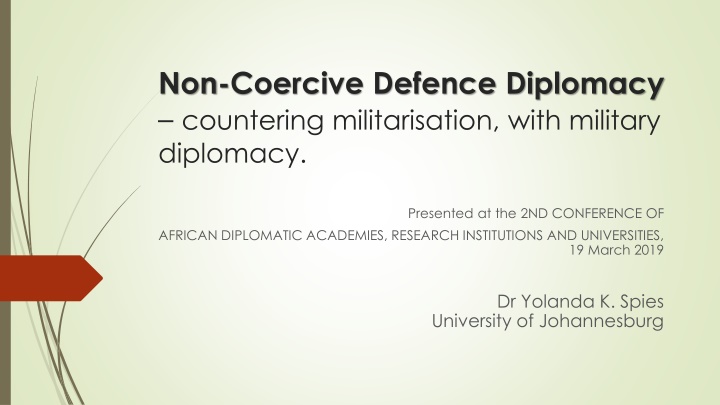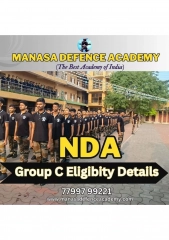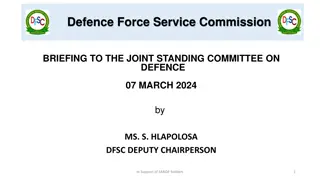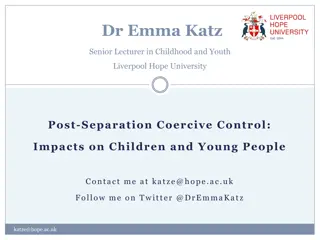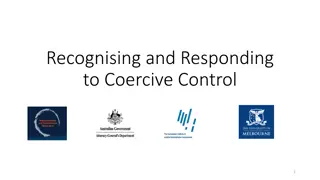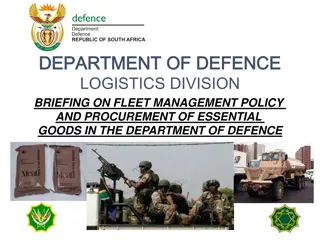Non-Coercive Defence Diplomacy: Countering Militarisation with Military Diplomacy
The concept of non-coercive defence diplomacy as a strategy to counter militarisation, emphasizing the role of military diplomacy in promoting cooperation, preventing conflicts, and fostering transparency. Learn about the historical context, functions, and examples of defence diplomacy in enhancing regional integration and achieving development goals.
Download Presentation

Please find below an Image/Link to download the presentation.
The content on the website is provided AS IS for your information and personal use only. It may not be sold, licensed, or shared on other websites without obtaining consent from the author.If you encounter any issues during the download, it is possible that the publisher has removed the file from their server.
You are allowed to download the files provided on this website for personal or commercial use, subject to the condition that they are used lawfully. All files are the property of their respective owners.
The content on the website is provided AS IS for your information and personal use only. It may not be sold, licensed, or shared on other websites without obtaining consent from the author.
E N D
Presentation Transcript
Non-Coercive Defence Diplomacy countering militarisation, with military diplomacy. Presented at the 2ND CONFERENCE OF AFRICAN DIPLOMATIC ACADEMIES, RESEARCH INSTITUTIONS AND UNIVERSITIES, 19 March 2019 Dr Yolanda K. Spies University of Johannesburg
Acknowledgement Col. Robin Blake (ex-SANDF) Lecturer at University of Pretoria Forthcoming: Co-authored article on NCDD for Conflict Prevention, in Scientia Militaria.
Africa, military prominence and conflict Militarisation of a continent: colonial times & post-colonial, Cold War & post-Cold War Domestic manifestation: inflated military influence and power; militarisation before development; strong men regimes, coups as regime change. Some positive military role (SA, Zim, Egypt) Military in FP: Foreign aid as military aid; military men as ambassadors; solidarity with military regimes; reluctance to intervene, even w. legal justification A continent full of negative peace (e.g. South Sudan, DRC, CAR, C te d Ivoire, Mozambique) Need to rethink the FP-military relationship.
Foreign Policy and its tools Foreign policy: policy and actions of a state, directed toward the external world Types of FP tools: Political (e.g. diplomacy) Economic Socio-cultural Military Overlaps, grey areas among tools Tools can be used coercively and non-coercively Tools can be combined Diplomacy - military nexus: various outcomes e.g. coercive diplomacy, defence diplomacy
Defence Diplomacy Military-diplomacy relationship: historic and universal Post-CW increase, and focus change All diplomatic levels: bilateral, multilateral; third party and polylateral Main Functions of Defence Diplomacy: supports political commitments for cooperation fosters common interests establishes, broadens or deepens cooperation between defence forces demonstrates transparency to limit misunderstandings These actions can work towards: development goals regional integration goals conflict management and conflict prevention
Examples of Defence Diplomacy defence attach s appointed to diplomatic missions defence specialists seconded to multilateral organisations formal defence cooperation agreements (e.g. treaties) training of defence & civilian personnel provision of expertise & advice on defence-related matters ship visits and other military related exchanges joint training exercises provision of military equipment & technical expertise preventive deployment demilitarized zones, safe havens and peace zones arms embargoes and blockades arms control regimes joint patrolling and ceasefire monitoring non-aggression agreements non-offensive force postures intelligence exchanges and early warning information dissemination providing Humanitarian and Disaster Relief (HADR) exchange of annual calendars of military activities
NCDD and Conflict Prevention NCDD has narrower application than defence diplomacy No threat or actual use of violence Principles: transparency, reputation and integrity Nett benefit is Conflict Prevention. How? Draws on new approaches to conflict management Infectious, non-linear conflict : Stable /positive peace must be built Long-term, holistic approach: conflict prevention also part of post-conflict strategies Many stakeholders, including defence forces Synchronised with life conflict stages NCDD essential during negative peace (1sttwo stages); before violence 3 stages: incipient, latent and manifest conflict (Christopher Mitchell). Approach Builds long-term, constructive relationships; Focuses on similarities rather than on differences Assists in modifying conflictual behaviour; avoids henemony Creates TRUST. Key concept: Confidence Building Measures (CBMs) or CSBMs Prioritises early warning systems
NCDD at the pan-African level Pan-Africanist ideal to integrate defence relations OAU, AU institutional weaknesses. Certain regions lead, e.g. ECOWAS African Peace & Security Architecture 1. Peace & Security Council to anticipate and prevent conflicts ; to implement the common defence policy of the AU ; take on peace-making & peace-building functions incl. peace support operations . NB!! A diplomatic body with crucial defence diplomacy mandate 2. Panel of the Wise 3. African Peace Fund 4. African Standby Force 5. Continental Early Warning System information collection and monitoring; conflict and cooperation analysis; and formulation of response options Clear imperative for strategic priority to NCDD!
Concluding thoughts Two obvious imperatives for Africa: rehabilitate the role of defence forces, and reduce conflict. NCDD an obvious dual remedy, and available to all states Some practical proposals Dip Academies: teach diplomats about NCDD Defence Academies: take on board dip skills (e.g. mediation, negotiation, networking etc.). Revolving-door exchanges, joint ventures between defence forces & research institutions Regional training, sharing of NCDD resources AU institutional capacity building in NCDD NCDD explicitly included in state, REC and AU policy
Defence forces in Africa have been politically prominent (and often maligned) in the post-colonial dispensation, but their potential positive agency, specifically to prevent conflict is a largely untapped resource. NCDD requires more strategic attention and investment in training to allow for its implementation. Diplomatic studies institutes, and diplomatic training centres, have a key role in this regard.
